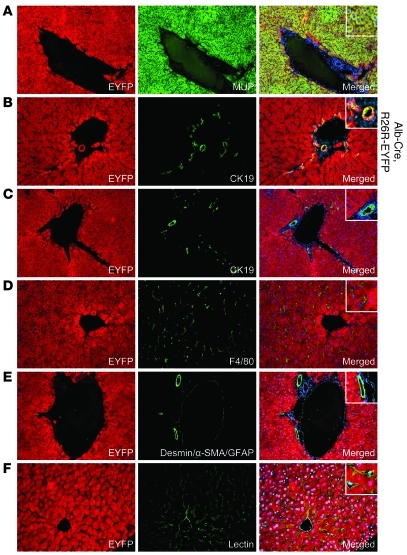Figure 3. Hepatocyte-specific activation of EYFP expression in adult R26R-EYFP mice injected with AAV8-Ttr-Cre.
Livers were coimmunostained for EYFP (red) and cell type–specific markers (green) 5 days after injection of 4 × 1011 viral genomes of AAV8-Ttr-Cre. Double-positive cells appear yellow. (A) All MUP-positive cells are also EYFP positive, which confirms that AAV8-Ttr-Cre loops out floxed sequences in all hepatocytes of adult mice. (B) In Alb-Cre, R26R-EYFP control mice, not only all hepatocytes, but also all CK19-positive biliary cells, express EYFP. (C) All cells positive for CK19 are EYFP negative, which shows that AAV8-Ttr-Cre does not loop out floxed sequences in biliary epithelial cells and liver progenitor cells. (D–F) All cells positive for F4/80 (D), desmin/α-SMA/GFAP (E), or isolectin B4 (“Lectin”) (F) are EYFP negative, which shows that AAV8-Ttr-Cre does not loop out floxed sequences in liver macrophages, stellate cells, or sinusoidal, portal vein, and central vein endothelial cells. Nuclei were stained with DAPI (blue). Original magnification, ×100, insets ×200 (A, C, and E); ×200, insets ×400 (B, D, and F). 20 liver sections from 4 mice were analyzed for each experiment.

